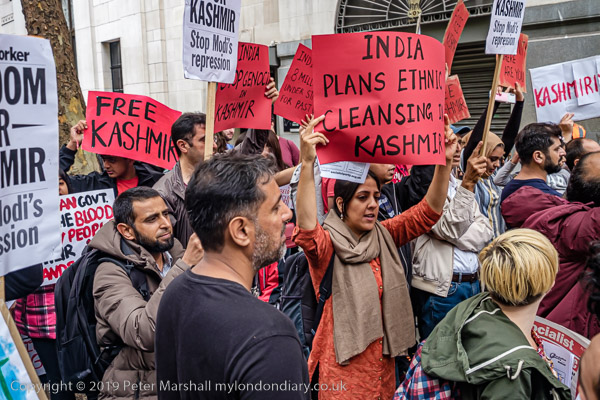
By 1947 Britain had boxed itself into an impossible position in India (not least by the earlier actions of Lord Curzon as Viceroy in Bengal in 1905) and it was clear that the only option was for a British withdrawal from the whole area. Clement Atlee who had become UK prime minister since the 1945 election had long been a supporter of Indian independence and the question was not whether this should happen, but how it could be managed in a way that satisfied both Muslim and Hindu communities and avoided catastrophic bloodshed.
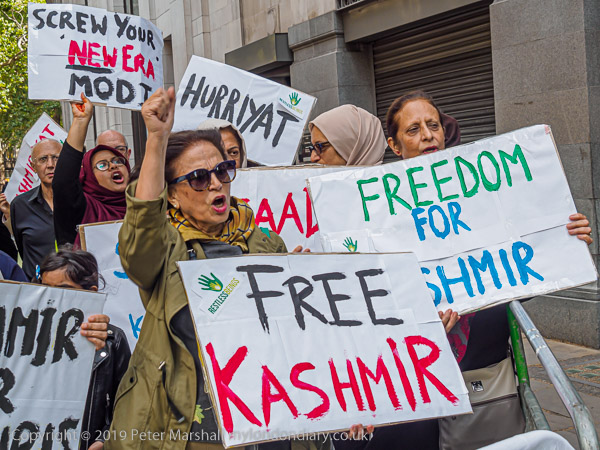
It was indeed a hugely complex situation. As well as the British Raj, there were also several hundred princely states in a looser arrangement with British rule. And as well as Muslims and Hindus, there were also some areas where Sikhs, Buddhists and Jains were in the majority. The British Government ruled that the area would become independent at the latest by June 1948, but Lord Mountbatten, newly appointed Viceroy announced his plan on June 3 1947 with independence only just over 2 months away on 15 August 1947.
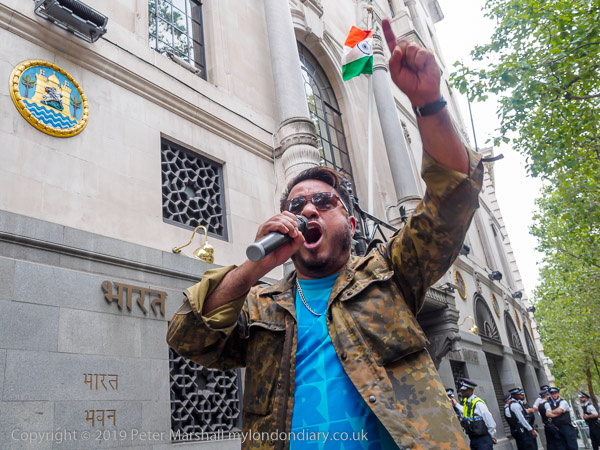
The plan called for various existing Indian legislatures to vote on whether to be a part of India or Pakistan or be partitioned and set up a boundary commission to establish partition, but failed to deal with the princely states, where the decision of which dominion to join would be a matter for the prince alone.
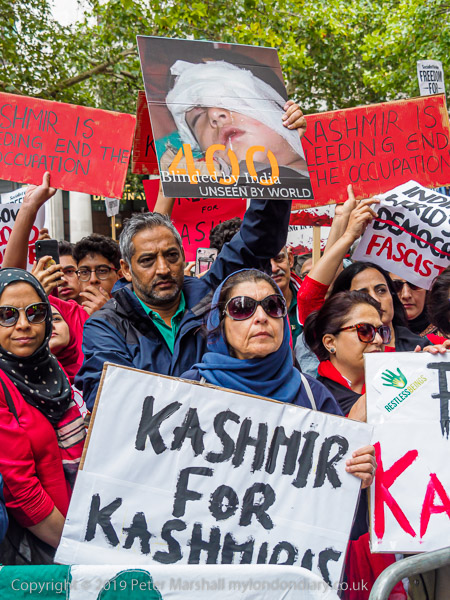
Mountbatten was clearly poorly advised and was as he said a soldier not a civilian and he assured those who predicted a bloodbath at partition that the army would be able to control the situation: ” I shall see to it that there is no bloodshed and riot.” In the event around 10 million people were displaced and somewhere between 200,000 and 2 million killed, with violence being encouraged by some of the princely rulers, including in Kashmir.
Kashmir had a Muslim majority but a Hindu prince who was hesistant to join Pakistan and went to Mountbatten for military help when Pakistani forces invaded part of the area; Mountbatten agreed to help on condition it would become a part of India. In 1948 the UN intervened and brokered a ceasefire, declaring that a referendum of Kashmiris be held – which never happened. There were further military conflicts between India and Pakistan in Kashmir in 1965 and 1999.
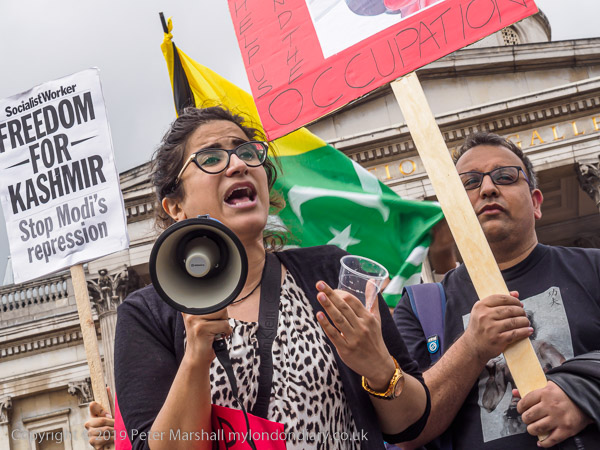
Since then the Indian controlled area named Jammu and Kashmir has been under military occupation by Indian troops. The severity of control by police and army increased following an armed revolt by Kashmiris calling for independence in 1989. Elections in the area are now widely thought to be rigged in favour of pro-India groups.
The special position of the area was recognised in 1954 by Article 370 of the Indian constitution, with separate laws on citizenship, the ownership of property and fundamental rights. In particular these prevented non-citizens of the area buying land and property in the state.
On 5th August 2019 the Indian government cancelled the 1954 provisions, bringing Jammu and Kashmir under the same conditions as other Indian states. Kashmiris protested and there was a further security clampdown, with communications to the country being severed and a further influx of Indian soldiers – there are now around 800,000 there.
Kashmiris protest at India House
Kashmiris protest in Trafalgar Square